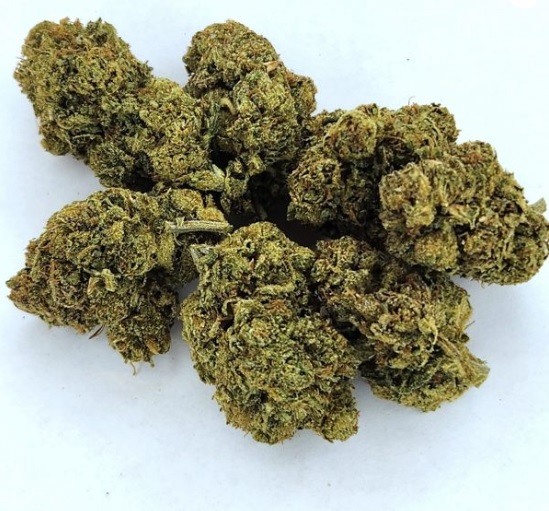Kratom, Kanna, and Kava: A 2026 Outlook
Kratom: A Growing Market at a Regulatory Crossroads
Kratom has transformed from a fringe botanical into a substantial global industry valued in the billions. As consumers search for plant-based solutions for energy, focus, and pain relief, kratom’s versatility powders, capsules, extracts, and beverages has fueled widespread demand. Market research firms now estimate multi-billion-dollar annual sales, with growth driven heavily by e-commerce and specialty retailers.
Yet kratom’s future is more complicated than its growth trajectory suggests. Regulatory pressure from the FDA, DEA, and state governments remains the industry’s defining variable. Age restrictions, lab-testing requirements, and regional bans create a patchwork of legality that businesses must navigate carefully. The result is a market full of opportunity but also real volatility, where the path to 2026 depends not just on consumer interest but on how effectively companies adapt to evolving rules.
Kava’s Rise: From Traditional Roots to Modern Functional Beverage
Kava is one of the clearest growth stories in the herbal products world. Long used ceremonially across the Pacific, it has found a new life in the global wellness movement as consumers seek natural relaxation aids that fit into modern lifestyles. Market forecasts show strong double-digit annual growth, fueled not only by supplement powders and extracts but also by a rapidly expanding ready-to-drink (RTD) beverage category.
Unlike many botanicals, kava enjoys a compelling cultural narrative and a relatively smooth regulatory landscape. Major beverage startups, and even some established drink companies, are experimenting with kava-based formulations that offer “calm without compromise.” As export volumes rise from producers like Vanuatu, the supply chain is scaling alongside demand. Heading toward 2026, kava stands out as a botanical with both a proven heritage and a promising commercial future.
Kanna: The Nootropic Underdog With Surprising Momentum
Kanna (Sceletium tortuosum), often overshadowed by more well-known botanicals, is quietly carving out a solid niche in the nootropics and mood-support market. Traditionally used in South Africa, kanna has recently caught the attention of supplement formulators and wellness consumers looking for stress-modulation and cognitive benefits without stimulants. Market estimates place current global sales in the low hundreds of millions small compared to giants like kratom, but impressive for such a niche plant.
What makes kanna noteworthy heading into 2026 is its growth rate. With forecasts showing high single- to double-digit annual expansion, it’s becoming a favored ingredient in mood gummies, capsules, and functional blends. Its regulatory profile is comparatively stable, and early consumer feedback is positive. While still a small player, kanna’s trajectory suggests it may become one of the more prominent botanicals in the emerging “calm-productivity” segment over the next few years.








